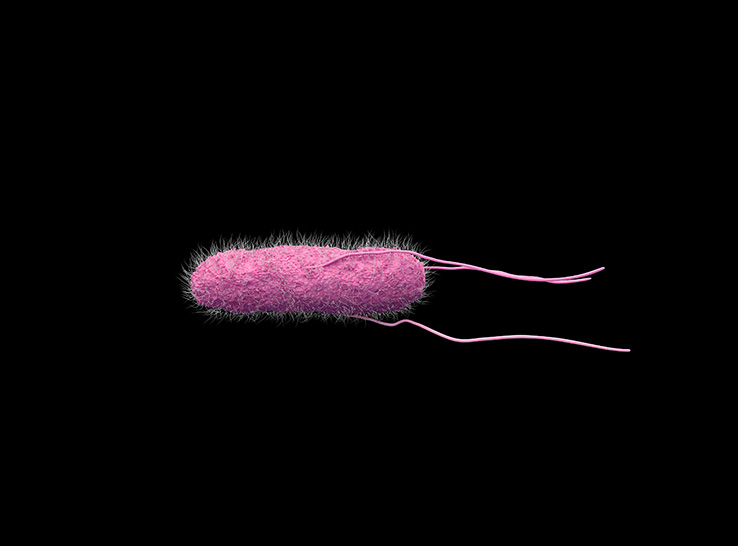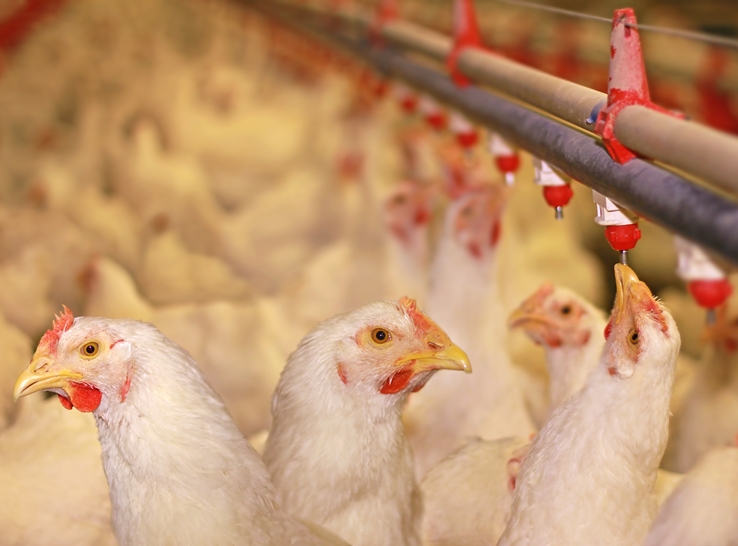Today, commercial live-attenuated vaccines are widely used to protect poultry against Salmonella Typhimurium, one of the top Salmonella serovars linked to poultry and human illness.
However, the possibility of vaccine persistence triggering positive S. Typhimurium results has not been explored until recently.
Researchers from the University of Minnesota found evidence of S. Typhimurium vaccine origins persisting in commercial poultry production through processing.
After the discovery, the team developed a tool to rapidly determine if a field isolate is of vaccine origin and not a concern to human health.
Timothy J. Johnson, PhD, Department of Veterinary and Biomedical Sciences at the university, led the research and development of the tool, which he discussed at the 2024 North Central Avian Disease Conference.
Verifying commercial vaccine persistence
“Four to 5 years ago, few people talked about the possibility of live-attenuated vaccines persisting,” Johnson related. “Now, because of regulatory testing, a lot of people talk about it.
“There is concern that positive S. Typhimurium results might be caused by vaccine persistence,” he added.
The researchers selected three commercially available vaccines to test for possible persistence in environmental samples taken from commercial flocks: Megan Egg (AviPro), Megan Vac 1 (AviPro) and Poulvac ST (Zoetis).
Each vaccine has been shown to protect against S. Typhimurium and/or S. Enteritidis in laying hens, breeders and broilers.
“We took 27 samples for genome sequencing to see how similar they were to the three commercial vaccines,” Johnson explained. “Of these samples, 17 had genetic profiles identical to the Megan vaccines.
“This was the first indication there might be some persistence going on at the farm level,” he said.
“Then, we went on a genomic fishing expedition and looked at the genomes of 1,877 samples from slaughter that were positive for S. Typhimurium. We observed that 6.6% of the chicken-source samples had signatures that suggested a vaccine-origin strain.”
They also examined the genomes of 129 turkey samples; 40.3% indicated a vaccine-origin strain.
Johnson then looked at retail meat samples. Only 1.8% of chicken (whole chicken parts) and 1.9% of retail ground turkey samples had vaccine strains.
“It looks like the vaccines persist on-farm and occasionally get into the meat product, but are unlikely to cause disease,” he added.
Developing detection tool
The end goal of the research was to develop a PCR test for the poultry industry to differentiate the wild-type S. Typhimurium from vaccine origins.
“We pulled isolates from CDC data to see if we could find any vaccine-origin strains,” Johnson explained. “The CDC has 24,459 isolates from 2017 to 2023. Twenty-five of these isolates matched a vaccine-origin isolate.
“We then created and validated a novel PCR to enable simultaneous identification of S. enterica sp. and S. Typhimurium serovar with differentiation of wild-type S. Typhimurium from live-attenuated vaccines,” he continued.
The result of the research is a PCR test that enables poultry producers to rapidly determine if recovered field isolates have vaccine origins.
The Food Safety and Inspection Service (FSIS) has been aware of the vaccine-origin issue and recently updated its regulations, according to a constituent update.
FSIS will now exclude current commercial-vaccine subtypes confirmed in FSIS raw poultry samples from the calculation used to categorize poultry operations under the raw poultry Salmonella performance standards.
“Clearly we need these vaccines to help protect flocks from Salmonella and to help protect the human population,” Johnson added. “But we do need to be aware of the implications of vaccine use.”







